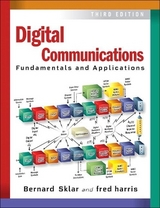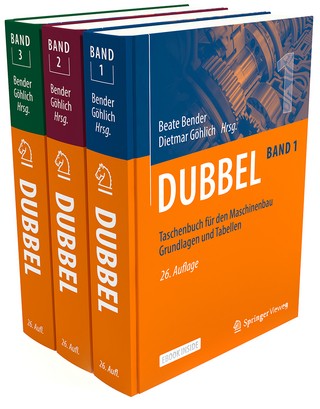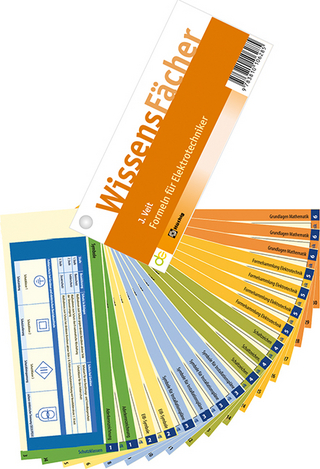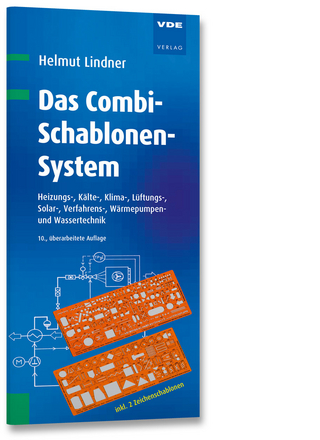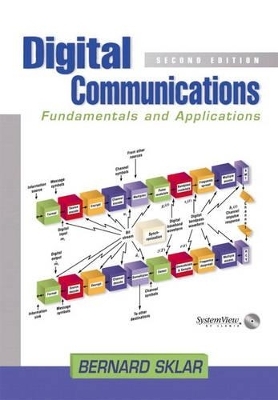
Digital Communications
Prentice Hall
978-0-13-084788-1 (ISBN)
- Titel erscheint in neuer Auflage
- Artikel merken
The clear, easy-to-understand introduction to digital communications
Completely updated coverage of today's most critical technologies
Step-by-step implementation coverage
Trellis-coded modulation, fading channels, Reed-Solomon codes, encryption, and more
Exclusive coverage of maximizing performance with advanced "turbo codes"
"This is a remarkably comprehensive treatment of the field, covering in considerable detail modulation, coding (both source and channel), encryption, multiple access and spread spectrum. It can serve both as an excellent introduction for the graduate student with some background in probability theory or as a valuable reference for the practicing ommunication system engineer. For both communities, the treatment is clear and well presented." – Andrew Viterbi, The Viterbi Group
Master every key digital communications technology, concept, and technique.
Digital Communications, Second Edition is a thoroughly revised and updated edition of the field's classic, best-selling introduction. With remarkable clarity, Dr. Bernard Sklar introduces every digital communication technology at the heart of today's wireless and Internet revolutions, providing a unified structure and context for understanding them -- all without sacrificing mathematical precision.
Sklar begins by introducing the fundamentals of signals, spectra, formatting, and baseband transmission. Next, he presents practical coverage of virtually every contemporary modulation, coding, and signal processing technique, with numeric examples and step-by-step implementation guidance. Coverage includes:
Signals and processing steps: from information source through transmitter, channel, receiver, and information sink
Key tradeoffs: signal-to-noise ratios, probability of error, and bandwidth expenditure
Trellis-coded modulation and Reed-Solomon codes: what's behind the math
Synchronization and spread spectrum solutions
Fading channels: causes, effects, and techniques for withstanding fading
The first complete how-to guide to turbo codes: squeezing maximum performance out of digital connections
Implementing encryption with PGP, the de facto industry standard
Whether you're building wireless systems, xDSL, fiber or coax-based services, satellite networks, or Internet infrastructure, Sklar presents the theory and the practical implementation details you need. With nearly 500 illustrations and 300 problems and exercises, there's never been a faster way to master advanced digital communications.
CD-ROM INCLUDED The CD-ROM contains a complete educational version of Elanix' SystemView DSP design software, as well as detailed notes for getting started, a comprehensive DSP tutorial, and over 50 additional communications exercises.
DR. BERNARD SKLAR has over 40 years of experience in technical design and management positions at Republic Aviation, Hughes Aircraft, Litton Industries, and at The Aerospace Corporation, where he helped develop the MILSTAR satellite system. He is now head of advanced systems at Communications Engineering Services, a consulting company he founded in 1984. He has taught engineering courses at several universities, including UCLA and USC, and has trained professional engineers worldwide.
(NOTE: Each chapter concludes with a Conclusion, References, Problems, Questions, and CD Exercises.)
1. Signals and Spectra.
Digital Communication Signal Processing. Classification of Signals. Spectral Density. Autocorrelation. Random Signals. Signal Transmission through Linear Systems. Bandwidth of Digital Data.
2. Formatting and Baseband Modulation.
Baseband Systems. Formatting Textual Data (Character Coding). Messages, Characters, and Symbols. Formatting Analog Information. Sources of Corruption. Pulse Code Modulation. Uniform and Nonuniform Quantization. Baseband Modulation. Correlative Coding.
3. Baseband Demodulation/Detection.
Signals and Noise. Detection of Binary Signals in Gaussian Noise. Intersymbol Interference. Equalization.
4. Bandpass Modulation and Demodulation/Detection.
Why Modulate? Digital Bandpass Modulation Techniques. Detection of Signals in Gaussian Noise. Coherent Detection. Noncoherent Detection. Complex Envelope. Error Performance for Binary Systems. M-ary Signaling and Performance. Symbol Error Performance for M-ary Systems (M>>2).
5. Communications Link Analysis.
What the System Link Budget Tells the System Engineer. The Channel. Received Signal Power and Noise Power. Link Budget Analysis. Noise Figure, Noise Temperature, and System Temperature. Sample Link Analysis. Satellite Repeaters. System Trade-Offs.
6. Channel Coding: Part 1.
Waveform Coding. Types of Error Control. Structured Sequences. Linear Block Codes. Error-Detecting and Correcting Capability. Usefulness of the Standard Array. Cyclic Codes. Well-Known Block Codes.
7. Channel Coding: Part 2.
Convolutional Encoding. Convolutional Encoder Representation. Formulation of the Convolutional Decoding Problem. Properties of Convolutional Codes. Other Convolutional Decoding Algorithms.
8. Channel Coding: Part 3.
Reed-Solomon Codes. Interleaving and Concatenated Codes. Coding and Interleaving Applied to the Compact Disc Digital Audio System. Turbo Codes.
Appendix 8A. The Sum of Log-Likelihood Ratios.
9. Modulation and Coding Trade-Offs.
Goals of the Communications System Designer. Error Probability Plane. Nyquist Minimum Bandwidth. Shannon-Hartley Capacity Theorem. Bandwidth Efficiency Plane. Modulation and Coding Trade-Offs. Defining, Designing, and Evaluating Systems. Bandwidth-Efficient Modulations. Modulation and Coding for Bandlimited Channels. Trellis-Coded Modulation.
10. Synchronization.
Introduction. Receiver Synchronization. Network Synchronization.
11. Multiplexing and Multiple Access.
Allocation of the Communications Resource. Multiple Access Communications System and Architecture. Access Algorithms. Multiple Access Techniques Employed with INTELSAT. Multiple Access Techniques for Local Area Networks.
12. Spread-Spectrum Techniques.
Spread-Spectrum Overview. Pseudonoise Sequences. Direct-Sequence Spread-Spectrum Systems. Frequency Hopping Systems. Synchronization. Jamming Considerations. Commercial Applications. Cellular Systems.
13. Source Coding.
Sources. Amplitude Quantizing. Differential Pulse-Code Modulation. Adaptive Prediction. Block Coding. Transform Coding. Source Coding for Digital Data. Examples of Source Coding.
14. Encryption and Decryption.
Models, Goals, and Early Cipher Systems. The Secrecy of a Cipher System. Practical Security. Stream Encryption. Public Key Cryptosystems. Pretty Good Privacy.
15. Fading Channels.
The Challenge of Communicating over Fading Channels. Characterizing Mobile-Radio Propagation. Signal Time-Spreading. Time Variance of the Channel Caused by Motion. Mitigating the Degradation Effects of Fading. Summary of the Key Parameters Characterizing Fading Channels. Applications: Mitigating the Effects of Frequency-Selective Fading.
A. A Review of Fourier Techniques.
Signals, Spectra, and Linear Systems. Fourier Techniques for Linear System Analysis. Fourier Transform Properties. Useful Functions. Convolution. Tables of Fourier Transforms and Operations.
B. Fundamentals of Statistical Decision Theory.
Bayes' Theorem. Decision Theory. Signal Detection Example.
C. Response of a Correlator To White Noise.D. Often-Used Identities.E. s-Domain, z-Domain and Digital Filtering.F. List of Symbols.G. SystemView by ELANIX Guide to the CD.
| Erscheint lt. Verlag | 24.1.2001 |
|---|---|
| Verlagsort | Upper Saddle River |
| Sprache | englisch |
| Maße | 183 x 242 mm |
| Gewicht | 1570 g |
| Themenwelt | Technik ► Elektrotechnik / Energietechnik |
| Technik ► Nachrichtentechnik | |
| ISBN-10 | 0-13-084788-7 / 0130847887 |
| ISBN-13 | 978-0-13-084788-1 / 9780130847881 |
| Zustand | Neuware |
| Haben Sie eine Frage zum Produkt? |
aus dem Bereich
